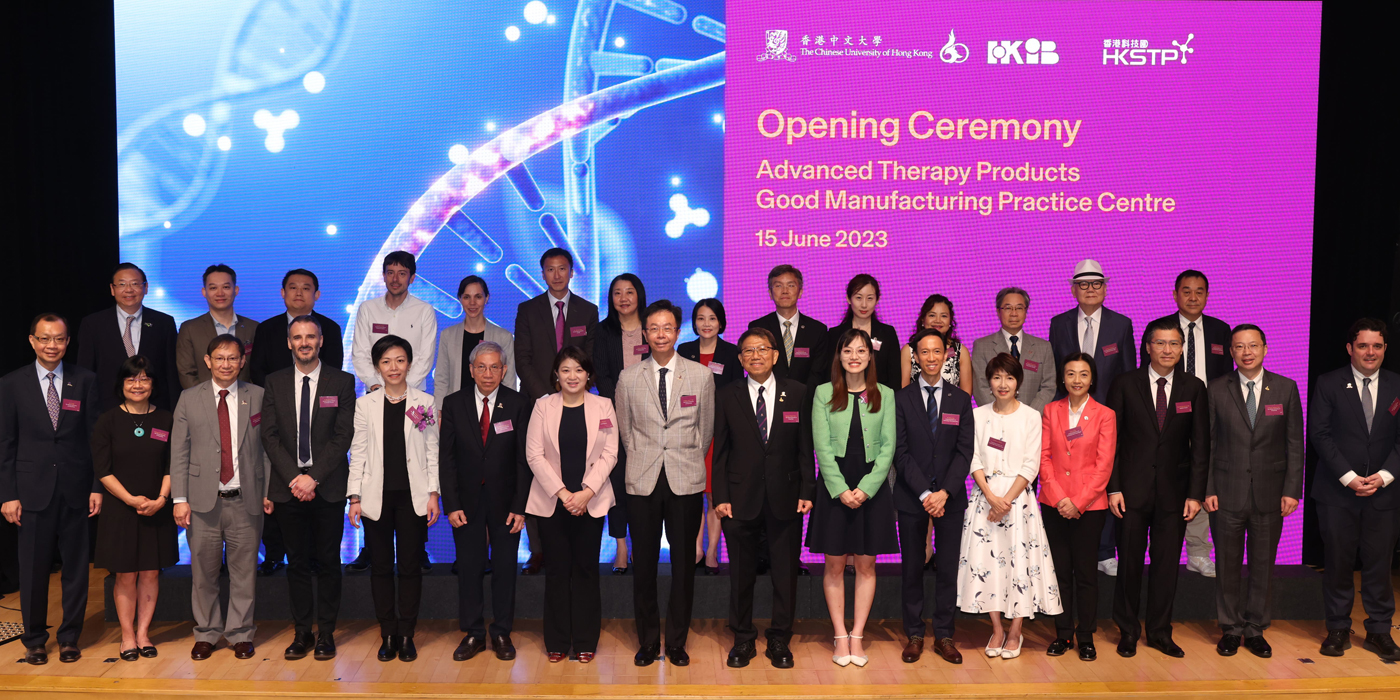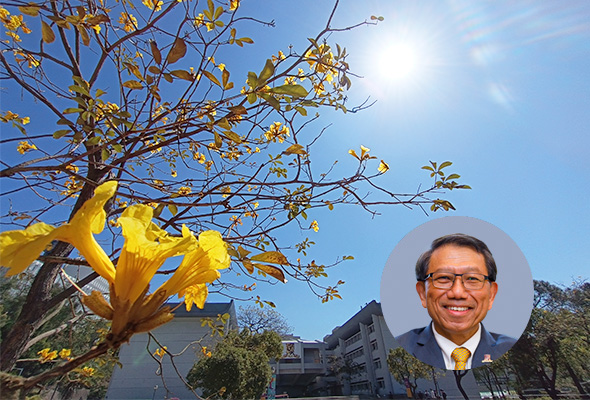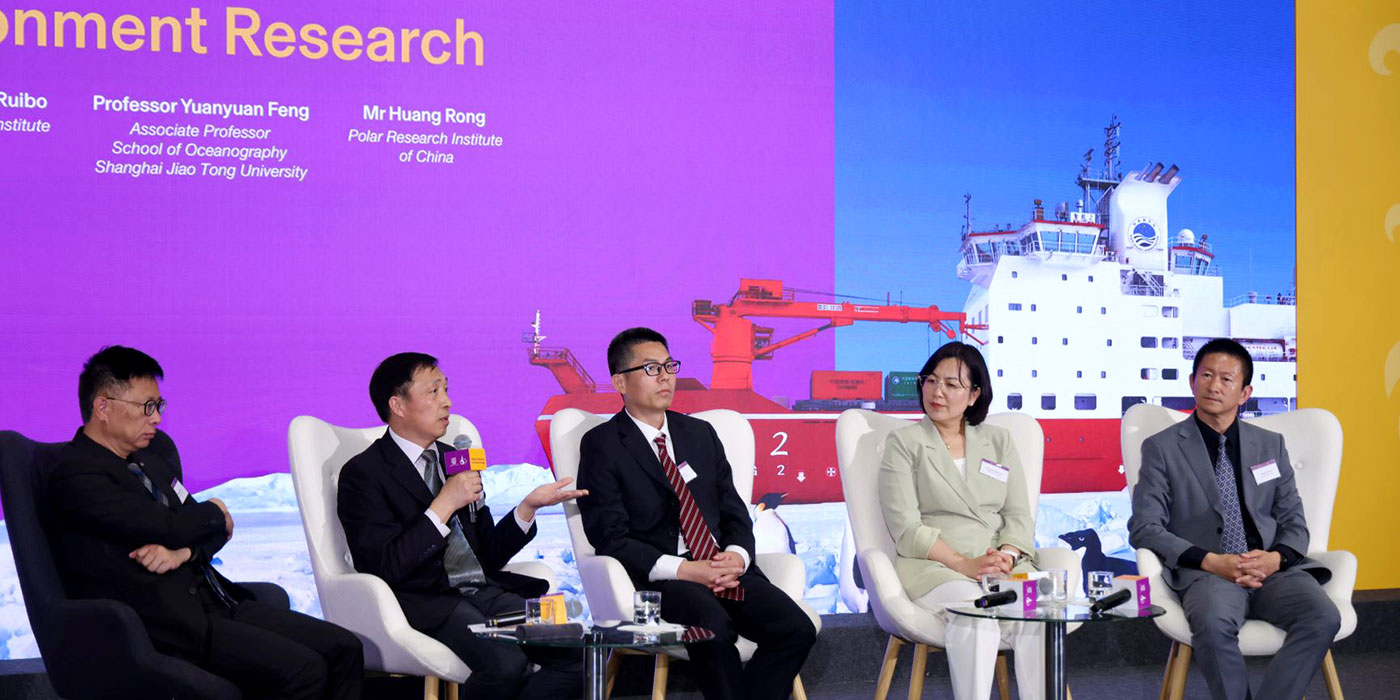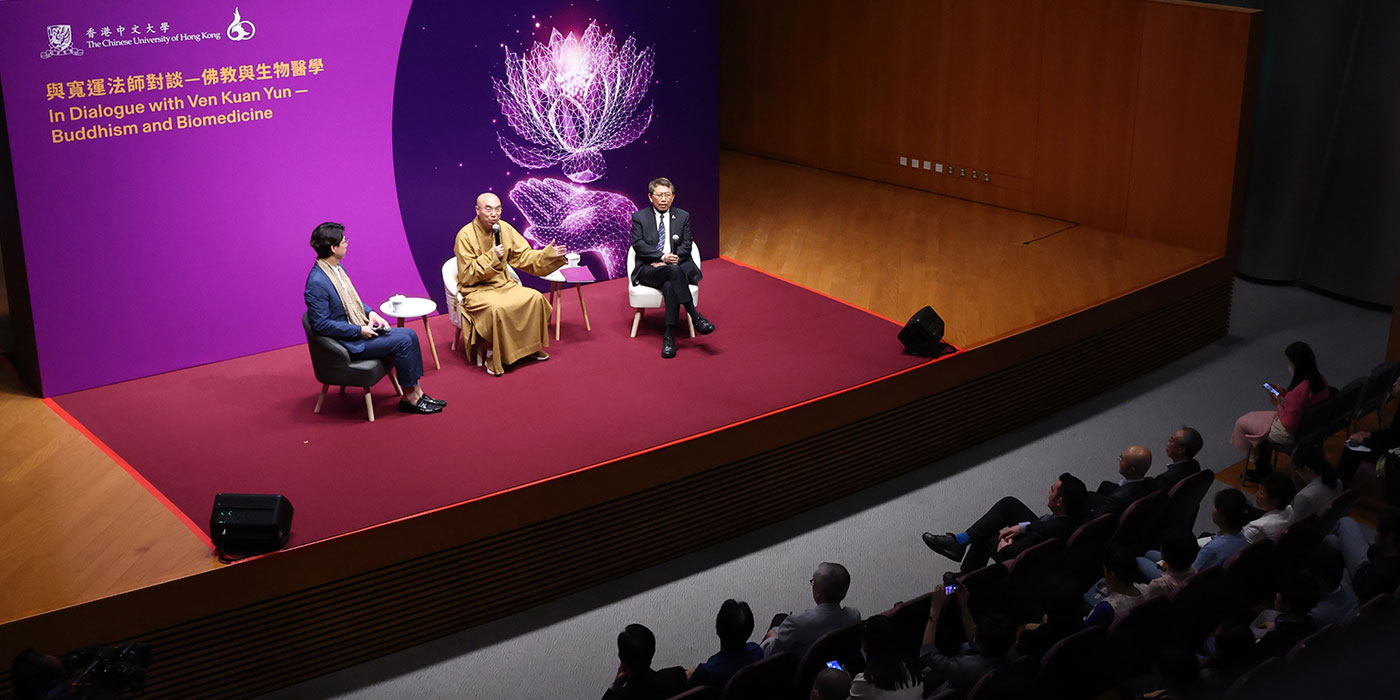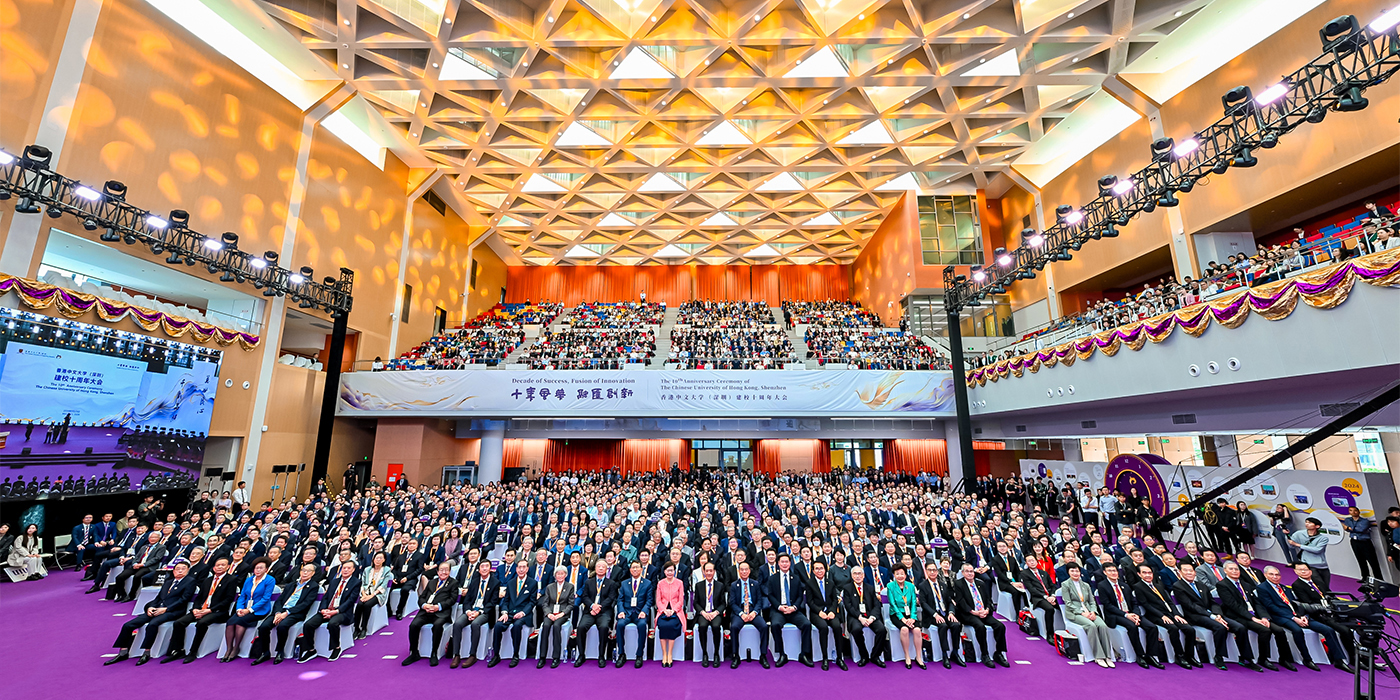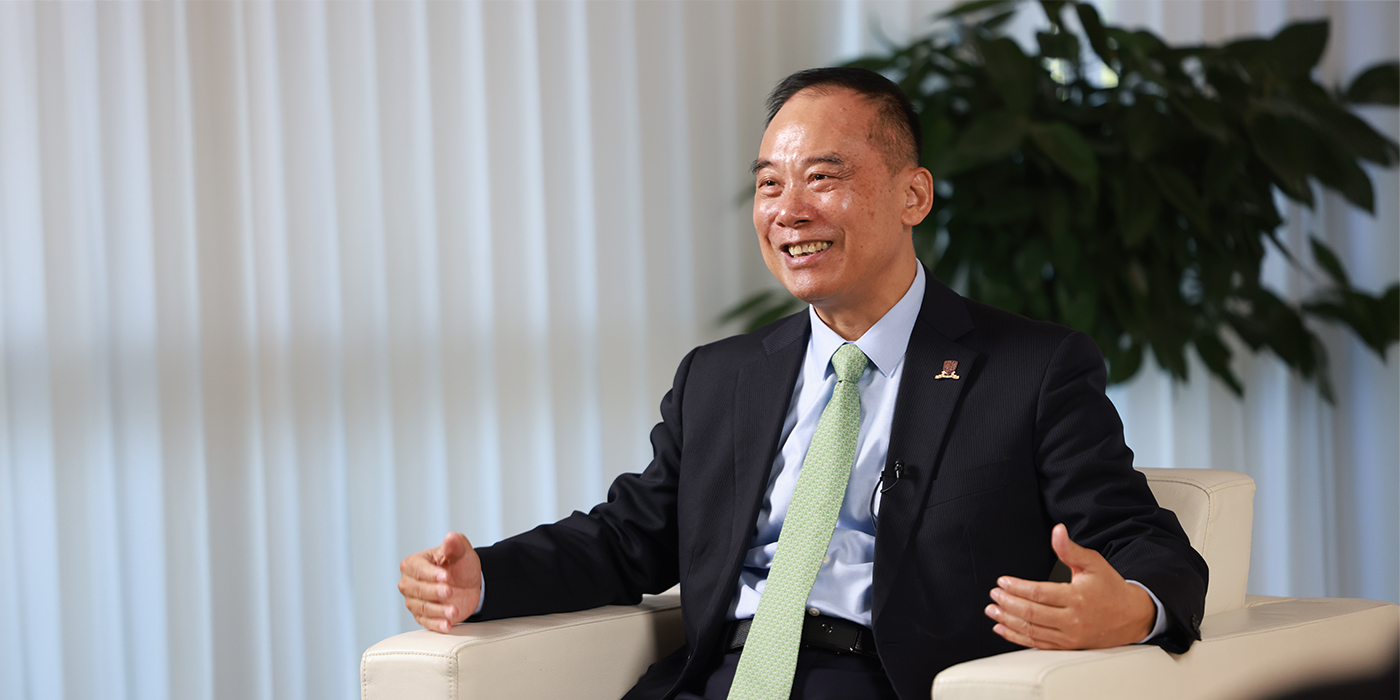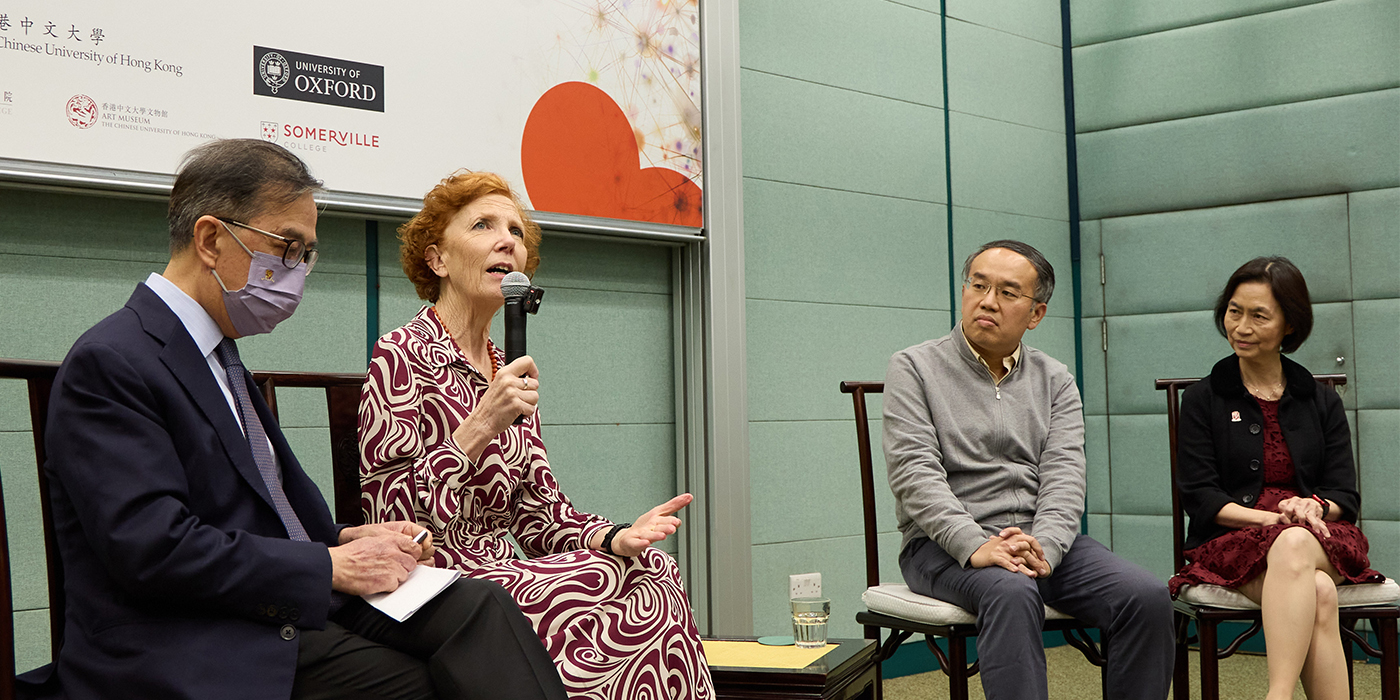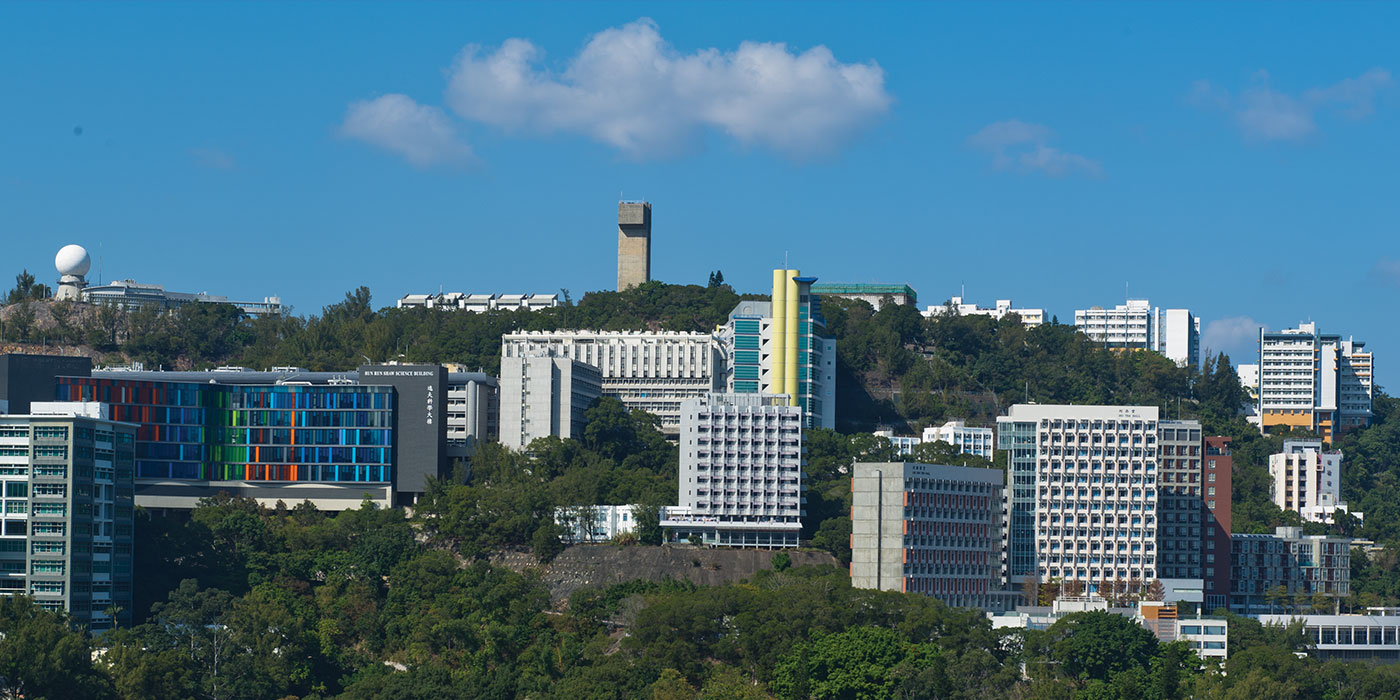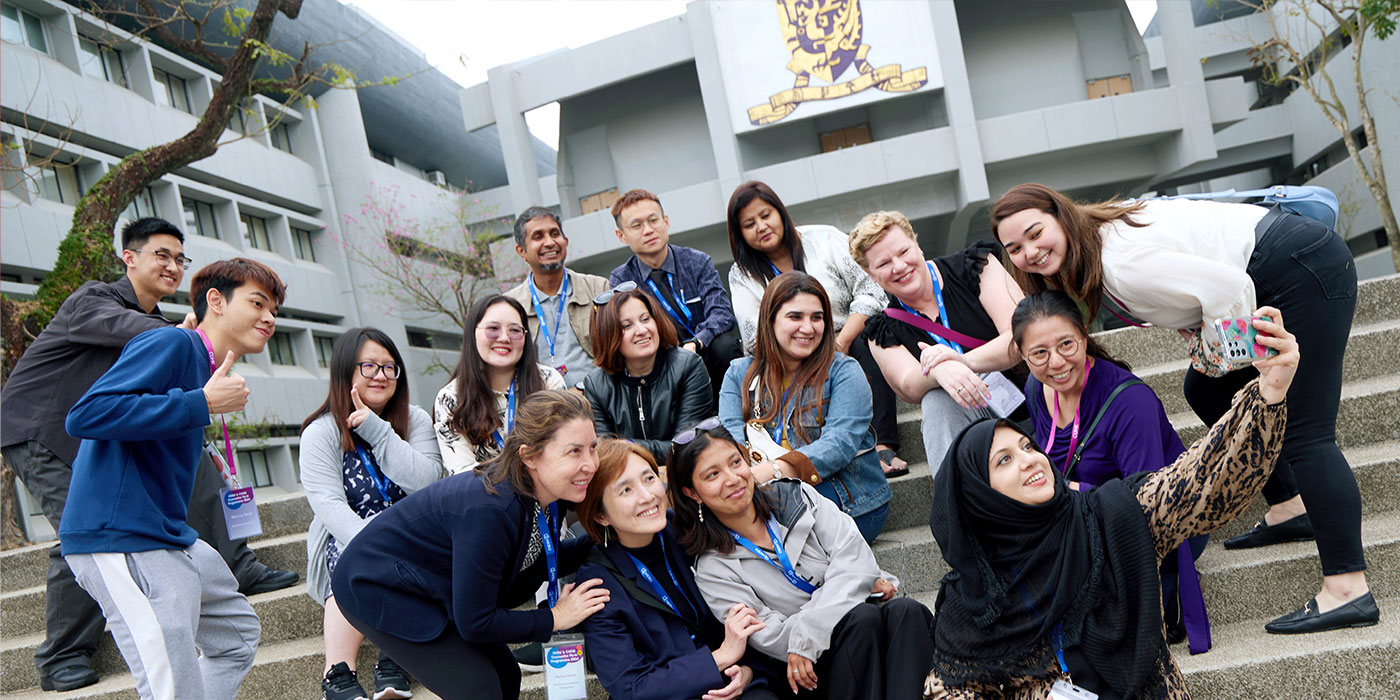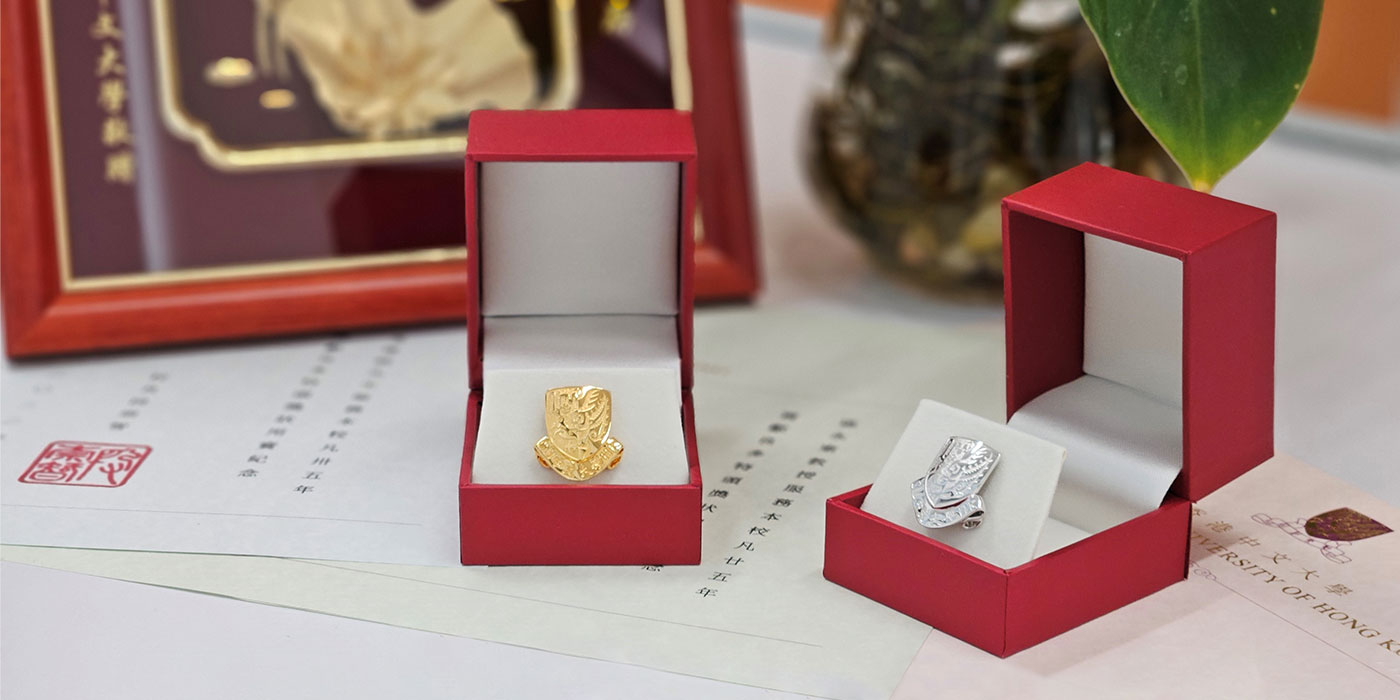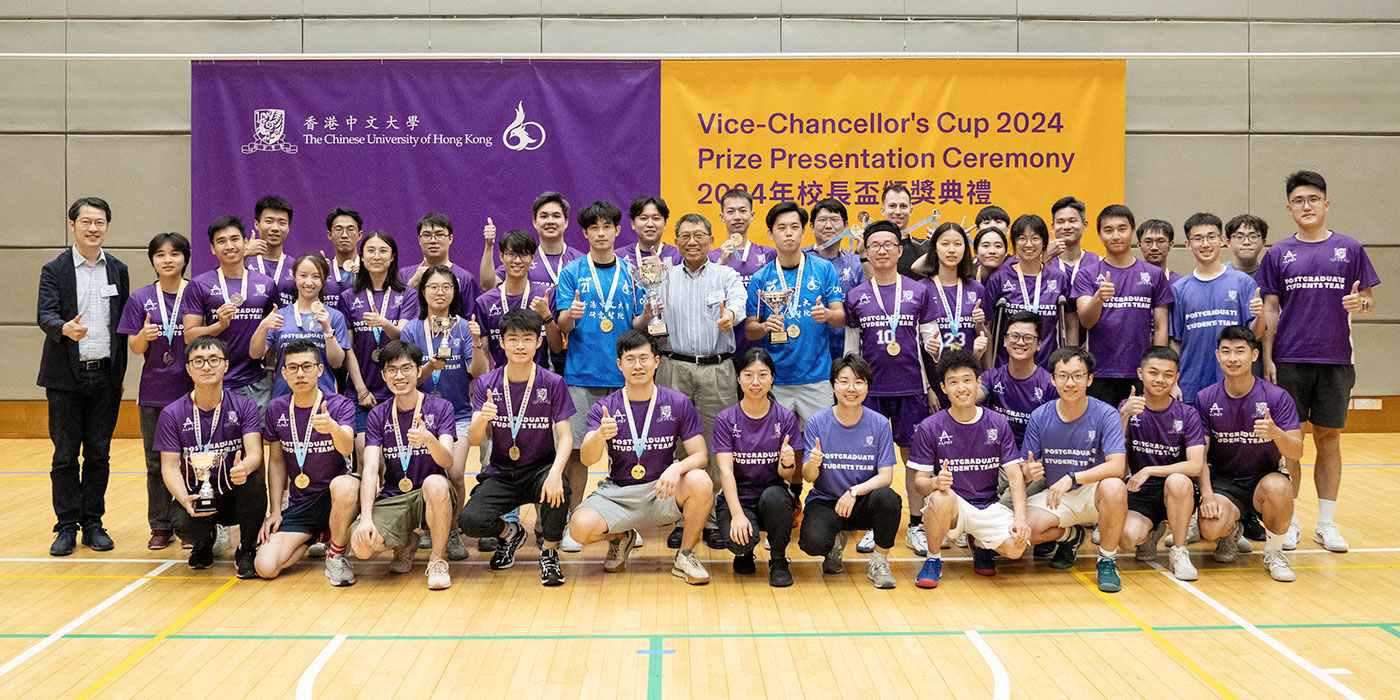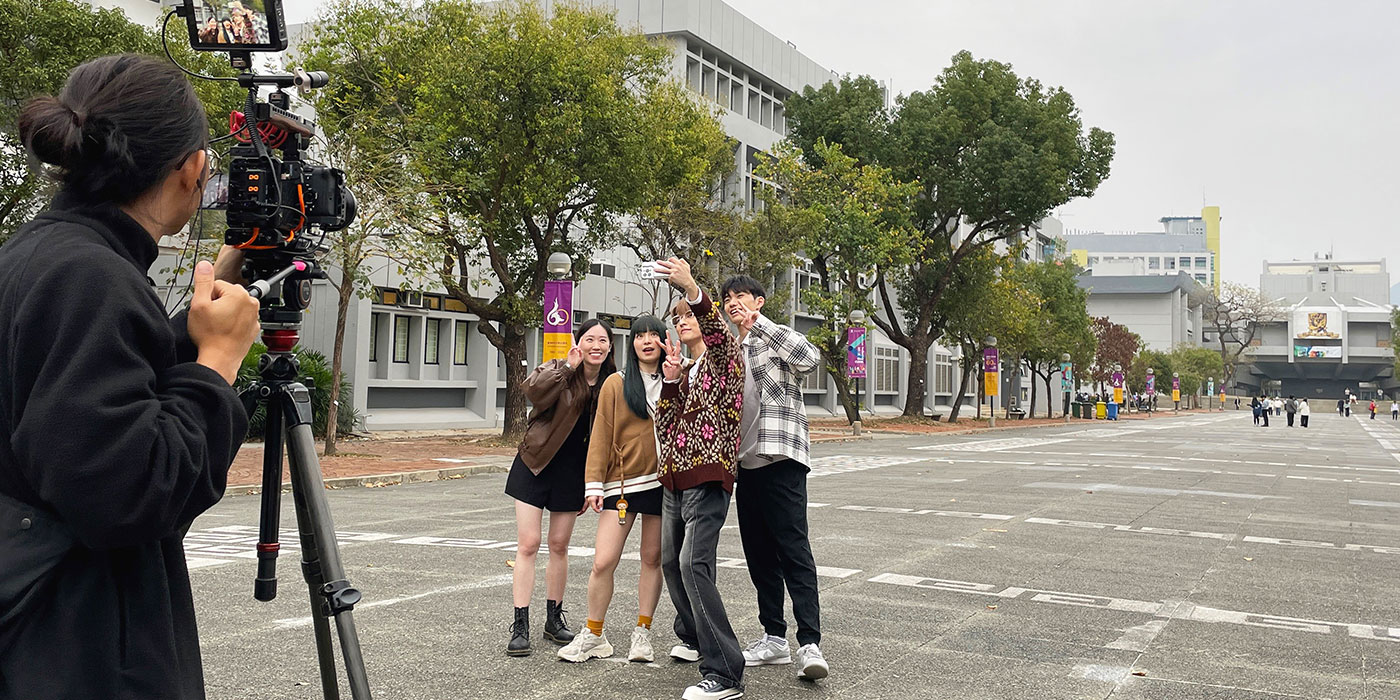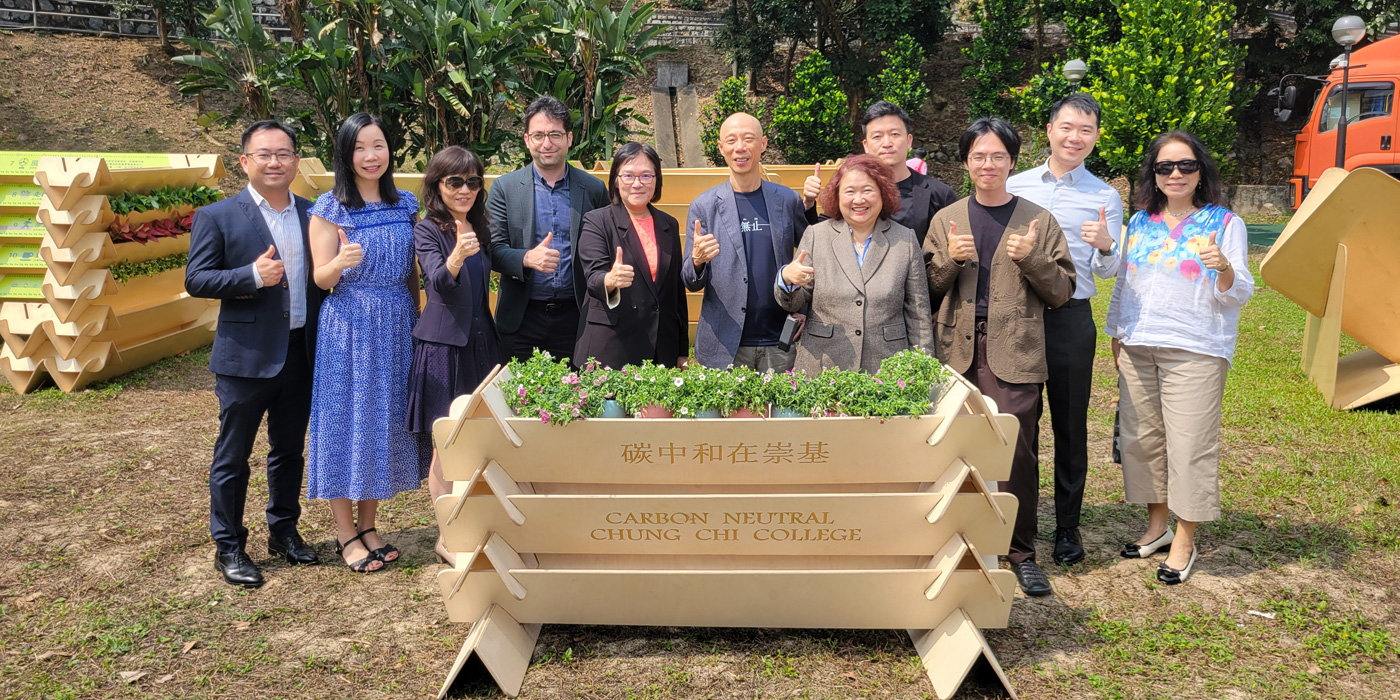A new milestone for therapy creation
On 15 June, the Hong Kong Institute of Biotechnology (HKIB) welcomed the start of a new chapter in its history. The Advanced Therapy Products (ATP) Good Manufacturing Practice (GMP) Centre, jointly established by the institute and CUHK, officially opened at a special ceremony, marking an important milestone in the development of Hong Kong’s biotechnology ecosystem.
The road to the establishment of the Centre began in 1988, when former Vice-Chancellor Professor Sir Charles Kao recognised the importance of biotechnology in shaping the future of Hong Kong. He therefore arranged for the HKIB to be established, aiming to research and develop biotechnological solutions in Hong Kong.
Three and a half decades later, CUHK and HKIB’s continuous efforts have resulted in the ATP GMP Centre, which promises to be an important asset in CUHK’s research into cell gene therapy. Both cell and gene therapies are essential in biomedical research, and have been frequently explored for their potential in curing genetic diseases; they work by modifying genes in specific cells that are then inserted into the body, with recent progress enabling humanity to treat previously untreatable diseases. However, manufacturing products for therapy often takes time and money, and is additionally hampered by the need for clean production environments. The limited number of such facilities can create a bottleneck, wasting valuable time that might otherwise be spent on further research and distributing products out to the general public.
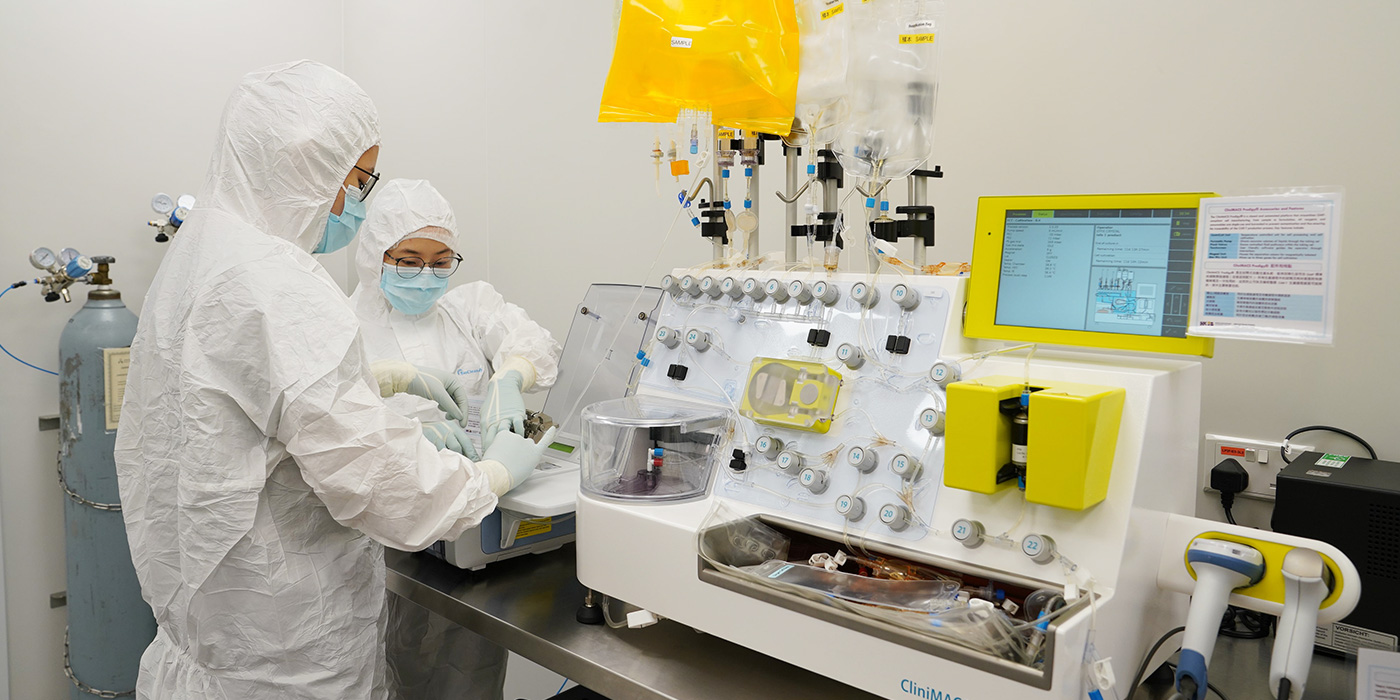
The ATP GMP Centre was established to remedy this problem. As the name suggests, GMP is a system that aims to ensure products are of consistently high standard. As CUHK Vice-Chancellor and President Professor Rocky S. Tuan mentioned in his welcoming speech, the new centre will “combine the proven capabilities of CUHK and the Hong Kong Science and Technology Parks Corporation to accelerate the development of life-saving cancer therapies, regenerative medicine, and related biomedical technologies, and enable the translation of scientific research to yield tangible benefits for patients in Hong Kong and beyond”.
A quicker hope for patients
Professor Li Chi-kong from the Department of Paediatrics at the Prince of Wales Hospital is one of the researchers using the new Centre. For the past few years, he has been researching how chimeric area receptor (CAR) T-cells, modified to specifically target cancer cells, can minimise collateral damage on normal, healthy cells. In Hong Kong, patients who require CAR T-cell therapies number more than 100 annually, and mostly suffer from a form of lymphoma or leukemia. The therapies can be useful in treating blood cancer, but currently are not manufactured on a large scale. “Each manufacturing process costs up to HK$2.8 million,” he writes, noting how completing this expensive and time-consuming procedure and shipping the products to other locations can often take more than four weeks. Furthermore, the amount of therapies available are few in number, with only one CAR T-cell product able to treat these difficult cancers.
With that in mind, Professor Li sees the new centre as a boon to his research, as “local manufacturing in a GMP lab is cost-effective and can lower the cost” of production, and will certainly open the door to research into further therapies as well as clinical trials. He adds that “clinical trials will begin as soon as possible” once the Centre is certified by the Department of Health.
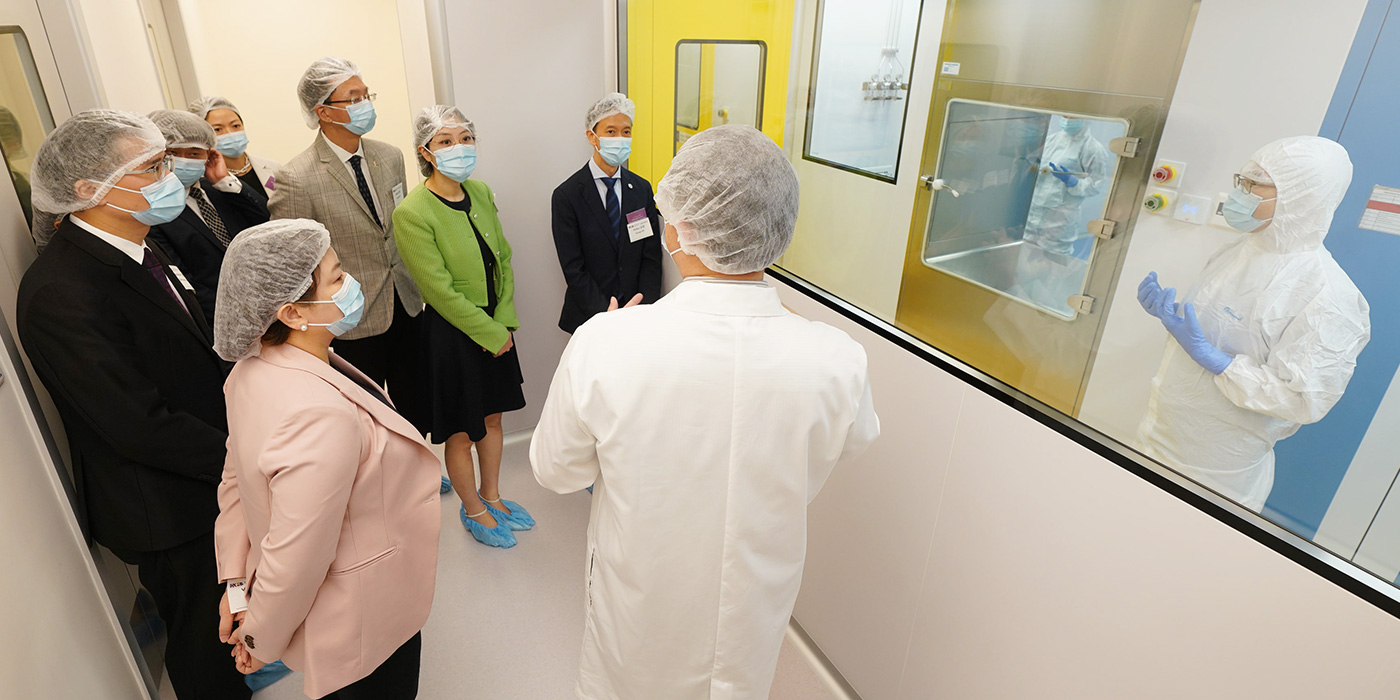
A state-of-the-art facility
During the opening ceremony, symbolically held at the Hong Kong Science Park’s Charles K. Kao Auditorium, several speakers were enthusiastic about the Centre’s potential. Aldous Mak, Chief Financial Officer of the HKSTP, spoke of how the Centre’s establishment demonstrated the Science Park’s commitment to “innovation that positively impacts people”. Under Secretary for Health Dr Libby Lee Ha-yun said that the Centre will “offer a sophisticated platform for nurturing talent, starting from the early phases of R&D to clinical adoption”, while Under Secretary for Innovation, Technology and Industry Lillian Cheong Man-lei added that it “will certainly help propel the emerging life and health-tech industry in Hong Kong and the GBA”.
Other speakers included Dr Neil McGowan, Associate Director at the Scottish National Blood Transfusion Service, who worked closely with HKIB to develop the Centre and ensure its alignment with global standards, and Dr Gina Jiang, the managing director of the Institute of Biotechnology.
The ATP GMP Centre, situated just off the foyer of the HKIB, is a bright new facility whose approach to the manufacturing of products lives up to its name. CUHK in Focus was given a brief tour of the facilities on the opening day, during which researchers showed off the different layers of operational segregation in play. This is a measure practised by many clean room laboratories across the world to avoid cross-contamination, and the Centre’s careful and methodical procedures demonstrate its commitment to sterile environments. The intricate layout of the Centre was also highlighted by staff – like the materials being transferred in and out of the clean rooms, any personnel entering or exiting the facility follow strict protocols that ensure the highest standards of safety.
by Chamois Chui

